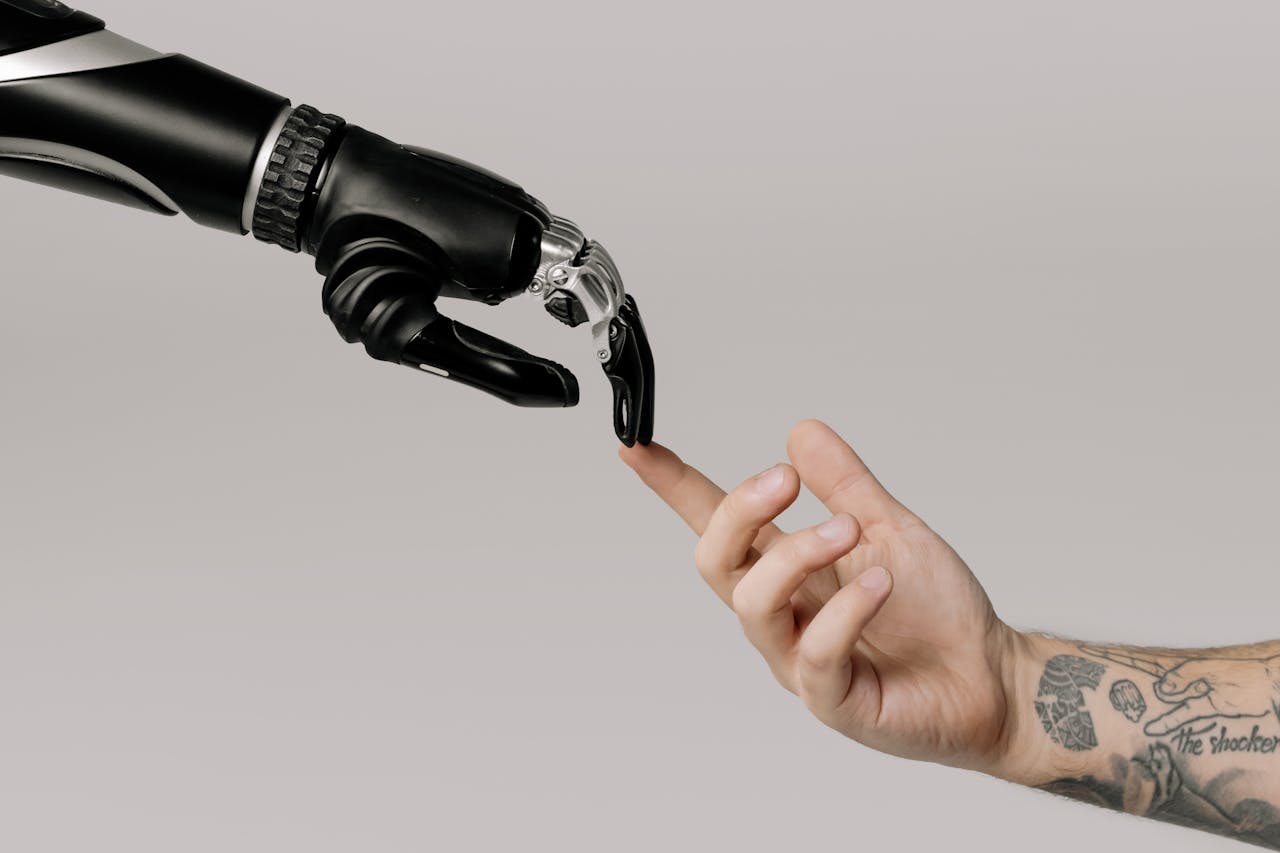As students spend more and more time on their computers, tablets, and smartphones, companies are finding new ways to use technology to bring education to them wherever they are. The future of education could be very different from the classrooms of today, and these technologies could change how students interact with their instructors, peers, and course materials forever. Here we take a look at 10 of the top future technologies that could change the way college students get their education.
1) Virtual Reality (VR)
VR is a technology that has already begun to revolutionize computers giving users an experience they can’t get anywhere else. But it also has other applications, especially in educational settings. VR could be used to recreate historical sites like Pompeii or famous battlefields like Gettysburg, bringing them to life for students across time and space. Many archaeologists are using VR simulations to excavate ancient sites, without having to step foot on site. Imagine a student being able to visit Rome without ever leaving their desk.
2) Artificial Intelligence (AI)
In the field of education, artificial intelligence is being used to make more accurate predictions about students’ strengths and weaknesses. For example, AI-powered learning software could analyze students’ writing style and make suggestions based on similar texts taking into account spelling, syntax, tone, and word choice. The predictive technology would also be able to flag confusing language or habits that could become stumbling blocks for some learners. These systems are even able to analyze student speech patterns using audio recordings from lectures or live Q&A sessions with professors, which helps pinpoint student understanding.
3) Data Storage
In today’s world, storing your data safely and securely is critical to your success. While it’s true that you can access cloud storage from multiple locations, having a secure on-site backup ensures peace of mind for you and your data; especially if you don’t have access to WiFi. Purchasing an external hard drive and storing it in a safe location at home or in a safe deposit box will keep your important documents at hand if something happens to them online.
4) Augmented Reality (AR)
A growing number of researchers and tech startups are now harnessing AR to help users visualize, manipulate, and even physically interact with virtual objects in their natural environment. For example, engineers at Facebook recently unveiled their latest prototype, a pair of AR glasses called Oculus Rift. The glasses enable wearers to see 3D images as if they were part of their real-world surroundings.
5). Gamification
Integrating game mechanics into a course can help students learn more and retain information longer. Game-based learning has been shown to increase students’ engagement by 40% to 60%. Designing a successful gamification strategy isn’t easy, but there are resources out there to help with it. Khan Academy recently introduced Koko, an online tool for teachers looking to incorporate gamification strategies in their courses. And Edudemic offers a free guide of 11 easy ways you can use games in your class like creating surveys as quests or having students complete scavenger hunts to find obscure facts about something they’re studying.
6). Blockchain technology
In education, one of blockchain’s most promising applications is for storing, verifying, and sharing academic credentials. The decentralized ledger technology could be used to store diplomas, degrees, and transcripts and could help reduce fraud in academic records management. For example, institutions like MIT are already exploring ways to use a blockchain-like system to secure their students’ digital diplomas (tokens) in a way that they can never be tampered with or duplicated.
7). Learning Analytics
Learning analytics is a relatively new discipline within higher education that attempts to monitor student learning by analyzing large sets of data. The most common form of learning analytics involves monitoring students’ behaviors and interactions with educational technology to improve these technologies and make them more effective at improving student learning. Learning analytics could soon become a critical way for educators to manage, measure, and improve classroom experiences.
8) Steam
Here, Students will have an easy time keeping track of their grades by using a digital grade book. By using Steam’s software developers can create an app for college students to keep track of their grades throughout each semester. All records will be tracked in one central location making it easier for teachers and professors to access at any time. The main aim is to improve communication between teachers and students as well as make sure all assignments are on time. As soon as your teacher updates your grade book with new information about your assignment or homework you will instantly receive a notification on your device allowing you to update accordingly if required.
9) Digital Textbooks
Already in use at several college campuses, digital textbooks are expected to become much more prevalent in higher education over the next few years. Some surveys have indicated that as many as 84% of college students expect to be using digital textbooks within five years. Digital textbooks allow students to read anywhere they can access an internet connection and provide direct access to supplementary materials such as interactive learning exercises or video tutorials – taking a lot of strain off both students and professors. This helps us make sure we don’t run out of hard copies on campus too quickly.
10).eLearning
Increased computer accessibility means college students will be able to take advantage of online education opportunities. Several companies have already created programs designed to teach students on their own time, while they’re working or traveling. And students are taking advantage of these advances: according to a 2012 survey by Scholastic, 13% of high schoolers and 17% of college-aged kids already use distance learning services to study subjects like math, science, and history.
Conclusion
If you’re a student, you know all too well how boring traditional lectures can be. The technology could give classes new life, Not only could lecture videos be available 24/7, but professors could also make their presentations interactive. For example, students could study a popular visual aid by watching it on video and then dissecting it with others in real-time during class. Better yet, technology might let you explore any topic at length on your own time, you can simply bookmark an educational site to revisit later at no cost or use online tools to keep track of new information as it comes in without having to go out and buy another textbook.









